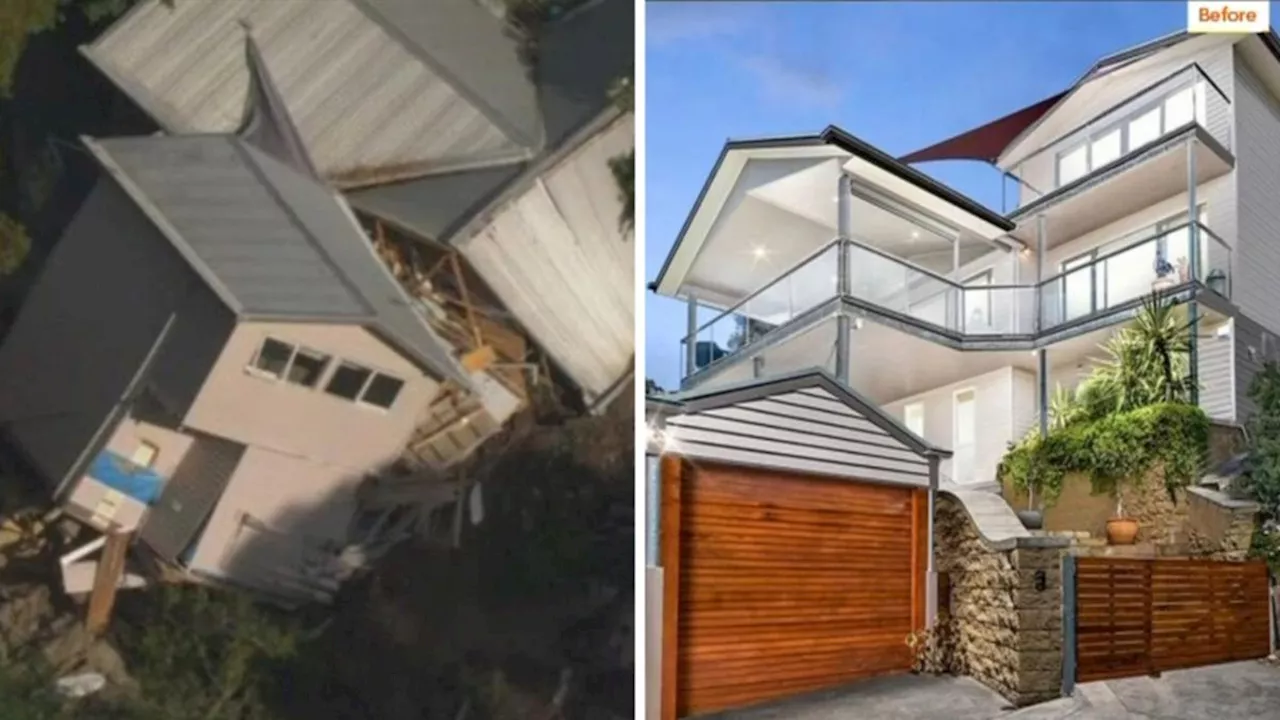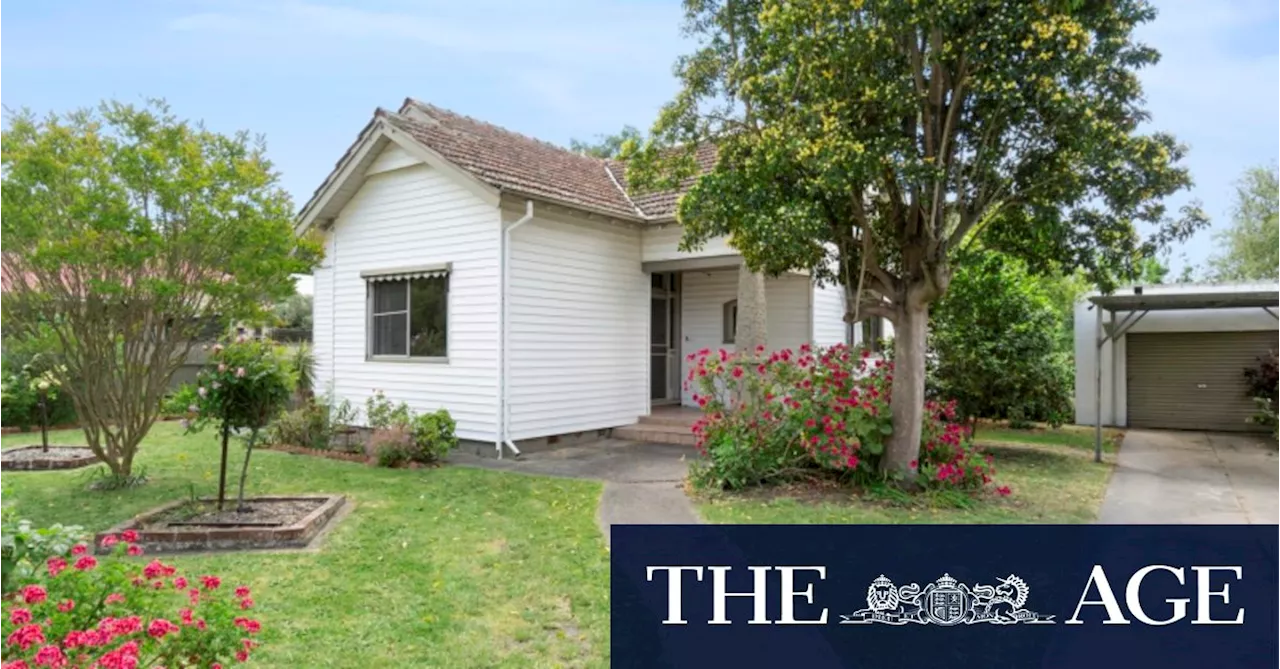House prices have declined in several regional Victorian towns as workers return to Melbourne offices, reversing the steep rises seen during the pandemic. Areas like the Alpine, Hepburn, Surf Coast and Macedon Ranges have experienced falls of between 4.8% and 7.1%, while Colac Otway Shire saw the largest drop at 13.3%. Experts attribute the decline to the influx of people seeking tree-change lifestyles during lockdowns and the subsequent return to urban centers. Despite the falls, regional Victoria's overall median house price recorded its first quarterly gain of 2024.
House prices are lower than a year ago in a string of regional Victorian towns that have been losing steam as workers return to their Melbourne offices.
“It was an interesting dynamic with the pandemic which saw the further-flung lifestyle coastal locations that saw strong rates of price growth, probably abnormally so,” she said. Despite the falls, regional Victoria’s overall median house price recorded its first quarterly gain of 2024, up 1.8 per cent in the December quarter to $575,000.“That result is actually quite a change, as we know that Victoria overall was really seeing more muted conditions in comparison to other states and territories, especially regional Vic,” Powell said.Director of Great Ocean Road Real Estate Darren Brimacombe, who services the Colac Otway Shire, said he had noticed a shift.
KPMG’s director of planning and infrastructure economics, Terry Rawnsley, said that without the same influx of migrants into regional areas, house price affordability was improving. “Now because of the Airbnb tax and the land tax a lot of people are putting their properties on the market, and with good stock levels and extended periods on the market it shows that the prices aren’t meeting the market,” he said.
HOUSE PRICES REGIONAL VICTORIA MELBOURNE PANDEMIC TREE CHANGE
Australia Latest News, Australia Headlines
Similar News:You can also read news stories similar to this one that we have collected from other news sources.
 The Victorian coastal towns where house prices plunged 20 per centBeach houses in many popular spots have recorded double-digit price drops over the past couple of years, and buyers have their pick.
The Victorian coastal towns where house prices plunged 20 per centBeach houses in many popular spots have recorded double-digit price drops over the past couple of years, and buyers have their pick.
Read more »
 Melbourne House Prices Fall Over 2024Melbourne's median house price declined by 1% to $1.04 million in 2024, marking a year of market weakness attributed to high interest rates, rising investment costs, and a weakening economy. While prices remain 4.9% below their peak, the city's property market is considered more balanced than other Australian cities.
Melbourne House Prices Fall Over 2024Melbourne's median house price declined by 1% to $1.04 million in 2024, marking a year of market weakness attributed to high interest rates, rising investment costs, and a weakening economy. While prices remain 4.9% below their peak, the city's property market is considered more balanced than other Australian cities.
Read more »
 Victorian Cliffside Collapse: Multimillion-Dollar House Crumbles, Residents EvacuatedA multimillion-dollar house on Victoria's Mornington Peninsula collapsed on Tuesday, causing widespread evacuations and concerns about further landslides. Heavy rainfall is suspected to have contributed to the collapse, raising questions about drainage and land stability in the area.
Victorian Cliffside Collapse: Multimillion-Dollar House Crumbles, Residents EvacuatedA multimillion-dollar house on Victoria's Mornington Peninsula collapsed on Tuesday, causing widespread evacuations and concerns about further landslides. Heavy rainfall is suspected to have contributed to the collapse, raising questions about drainage and land stability in the area.
Read more »
 Sydney Petrol Prices to Fall While Other Major Cities See Rises Over ChristmasWhile most major Australian cities are expected to see petrol price increases over the Christmas period, Sydney will buck the trend with falling fuel costs. The National Roads and Motorists' Association (NRMA) predicts higher prices in Brisbane and Melbourne, while Canberra will remain stable despite having the highest petrol prices among major cities. The NRMA expressed concern over the slow pace of the price fall in Sydney, urging oil companies to address the issue.
Sydney Petrol Prices to Fall While Other Major Cities See Rises Over ChristmasWhile most major Australian cities are expected to see petrol price increases over the Christmas period, Sydney will buck the trend with falling fuel costs. The National Roads and Motorists' Association (NRMA) predicts higher prices in Brisbane and Melbourne, while Canberra will remain stable despite having the highest petrol prices among major cities. The NRMA expressed concern over the slow pace of the price fall in Sydney, urging oil companies to address the issue.
Read more »
 Property Prices Fall, But Remain HighRecent data shows a decline in property prices across major Australian cities, but the long-term growth trend continues, suggesting only modest improvement in housing affordability.
Property Prices Fall, But Remain HighRecent data shows a decline in property prices across major Australian cities, but the long-term growth trend continues, suggesting only modest improvement in housing affordability.
Read more »
 Property Prices Fall, But Long-Term Growth ContinuesThe recent downturn in property prices, while offering some relief to affordability concerns, is dwarfed by the significant growth seen over the past decade. Experts attribute the falls to higher interest rates and market adjustments, but predict continued long-term growth due to housing supply shortages.
Property Prices Fall, But Long-Term Growth ContinuesThe recent downturn in property prices, while offering some relief to affordability concerns, is dwarfed by the significant growth seen over the past decade. Experts attribute the falls to higher interest rates and market adjustments, but predict continued long-term growth due to housing supply shortages.
Read more »
